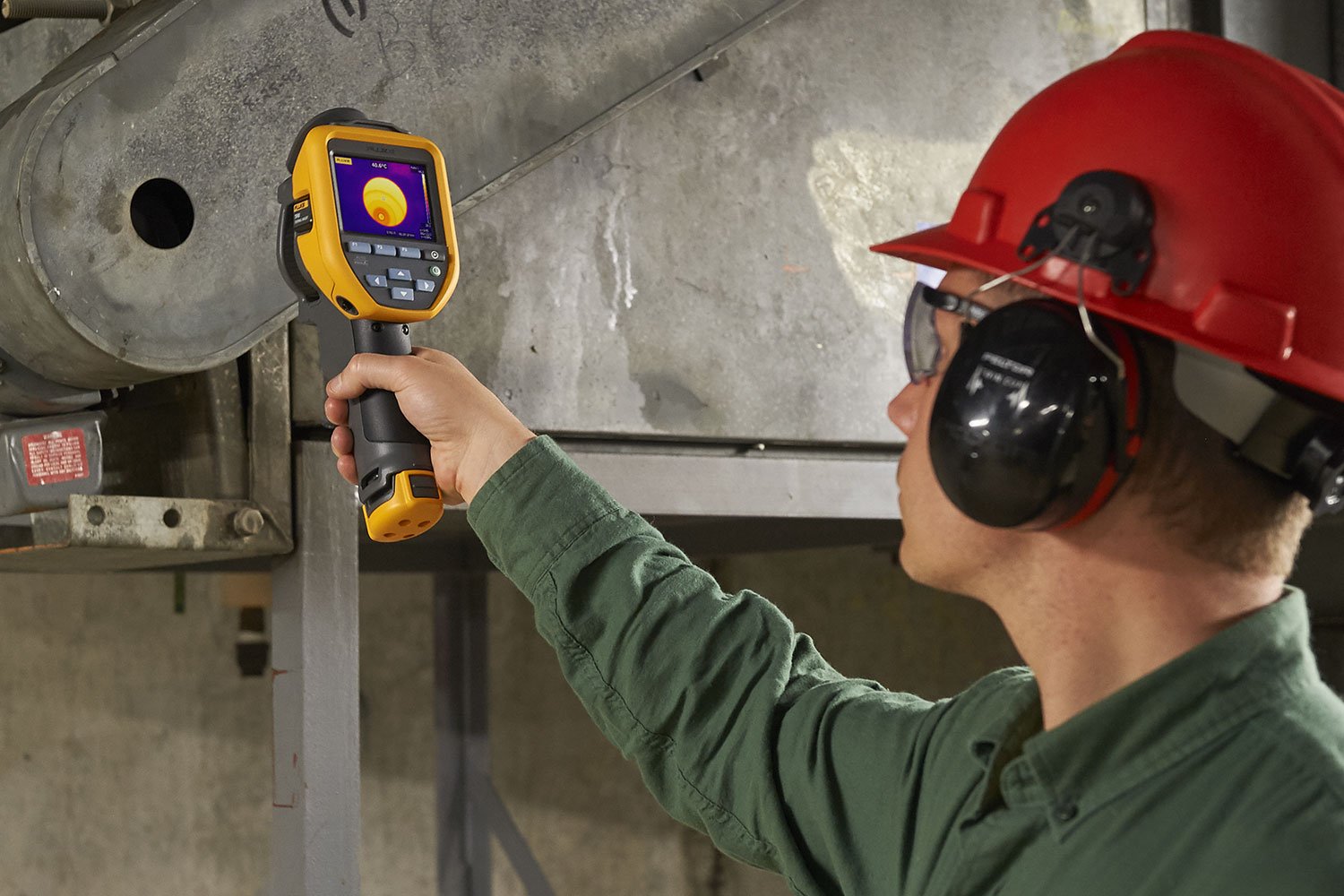
Maybe you’re already convinced that a thermal camera will help speed up troubleshooting and preventive maintenance, but you still need to convince your manager to add it to your bag of tricks. One easy way to do that is to consider all the ways you can use an infrared camera, including:
Electrical and Power distribution
- Troubleshooting and maintaining electrical panels and conductors
- Monitoring substations and switchgear
- Commissioning new installations by documenting the condition at the time of acceptance
- Inspecting and monitoring power generation components
Industrial
- Inspecting and troubleshooting motors, drives, and bearings
- Finding pipe blockages or leakss
- Assessing tank levels from a distance
- Identifying circuit board hot spots at the design stage
Energy and environmental
- Detecting heat loss or gain throughout your HVAC system
- Locating moisture in your building envelope
- Conducting residential and commercial building energy audits

This list is just the beginning. Thermal camera applications are limited only by your imagination. From identifying problems that need fixing to avoid shutdowns, to identifying building issues so leaks can be repaired, and energy efficiency improvements made, many uses of your thermal camera can provide a substantial return on investment (ROI).